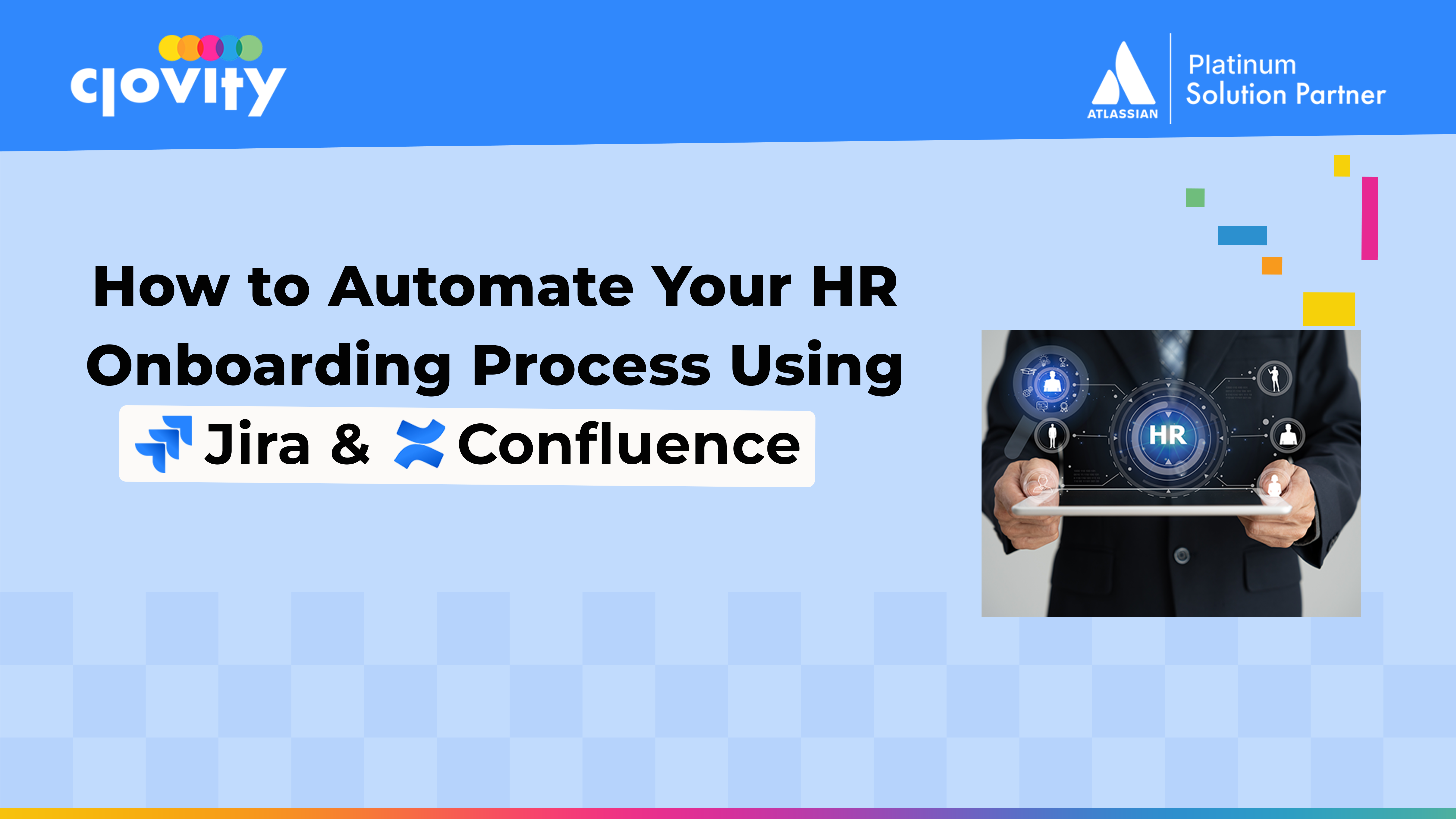Employee onboarding is a critical part of any organization’s HR operations. Done right, it helps new hires feel welcomed, aligned, and productive from day one. But when onboarding is inconsistent or overly manual, the experience can be frustrating for HR teams and employees alike.
From provisioning laptops and software access to scheduling training and documenting policies, onboarding spans multiple departments and tasks. That complexity is exactly where Jira and Confluence can help. These Atlassian tools coordinate task management (Jira) and documentation (Confluence), enabling HR teams to build structured, repeatable workflows without relying on spreadsheets, emails, or calendar reminders. Below, we walk through how to make onboarding more organized, trackable, and scalable.
The Challenge of Manual Onboarding
- Missed steps (e.g., forgotten software-access requests)
- Lack of accountability (unclear task ownership)
- Delays in equipment or workspace setup
- New hires feeling confused or unsupported
- HR spending time chasing updates instead of focusing on people
1. Map Out Your Onboarding Workflow
Before configuring tools, list every task involved in a new hire’s journey:
- Preboarding: Offer letter signed, background check, HRIS profile, IT accounts, laptop request.
- Day 1–7: Welcome email, workspace prep, orientation, team meeting, benefits overview, compliance training.
- First 30–90 Days: Manager check-ins, performance goals, project tool access, ongoing learning.
2. Create a Jira Project for Onboarding
Set up a dedicated Jira project to track tasks, statuses, and ownership in one place.
- Issue Types: New Hire Onboarding, IT Provisioning, Facilities Setup, Manager Checklist, Training Task, Policy Acknowledgment.
- Issue Templates: Use Jira Issue Templates to predefine subtasks like user credentials, orientation scheduling, desk setup, and manager meet-&-greets.
3. Automate Task Creation and Assignment
Leverage Jira’s automation engine to reduce manual work:
- On ticket creation: auto-generate department subtasks.
- On subtask completion: send Slack or email notifications to HR.
- On overdue subtasks: trigger reminders to assignees.
- When all subtasks done: transition the main issue to “Completed.”
4. Use Jira Forms for Structured Data Collection
Jira’s form feature lets HR embed structured forms in issues. Include fields for:
- Equipment preferences (Mac/PC)
- Software access needs
- Special accommodations
5. Connect to Confluence for Documentation
While Jira manages tasks, Confluence hosts resources:
- Create an Onboarding space with pages for welcome messages, checklists, policies, tools guides, and team intros.
- Link Jira tasks to Confluence pages for orientation agendas, benefits overviews, and compliance modules.
6. Monitor Progress with Dashboards and Reports
- Track new hires in progress
- Subtasks by department and status
- Overdue onboarding items
- Reporting per hiring manager or team
7. Gather Feedback and Continuously Improve
Add a Jira subtask for new hires to complete a survey or embed a form for feedback. Hold brief retrospectives and refine workflows and documentation based on input.
Why Jira & Confluence Work for HR Teams
- Centralized task tracking across departments
- Accountability via assignees and due dates
- Integrations with Slack, Teams, and email
- Configurable forms and workflows tailored to HR
- Secure documentation tied to processes
Real-World Example: Scaling HR Onboarding
A nationwide healthcare provider with 40+ sites implemented Jira and Confluence for onboarding, reducing time to productivity, ensuring consistent IT provisioning, improving manager participation with automated reminders, and maintaining up-to-date centralized documentation.


